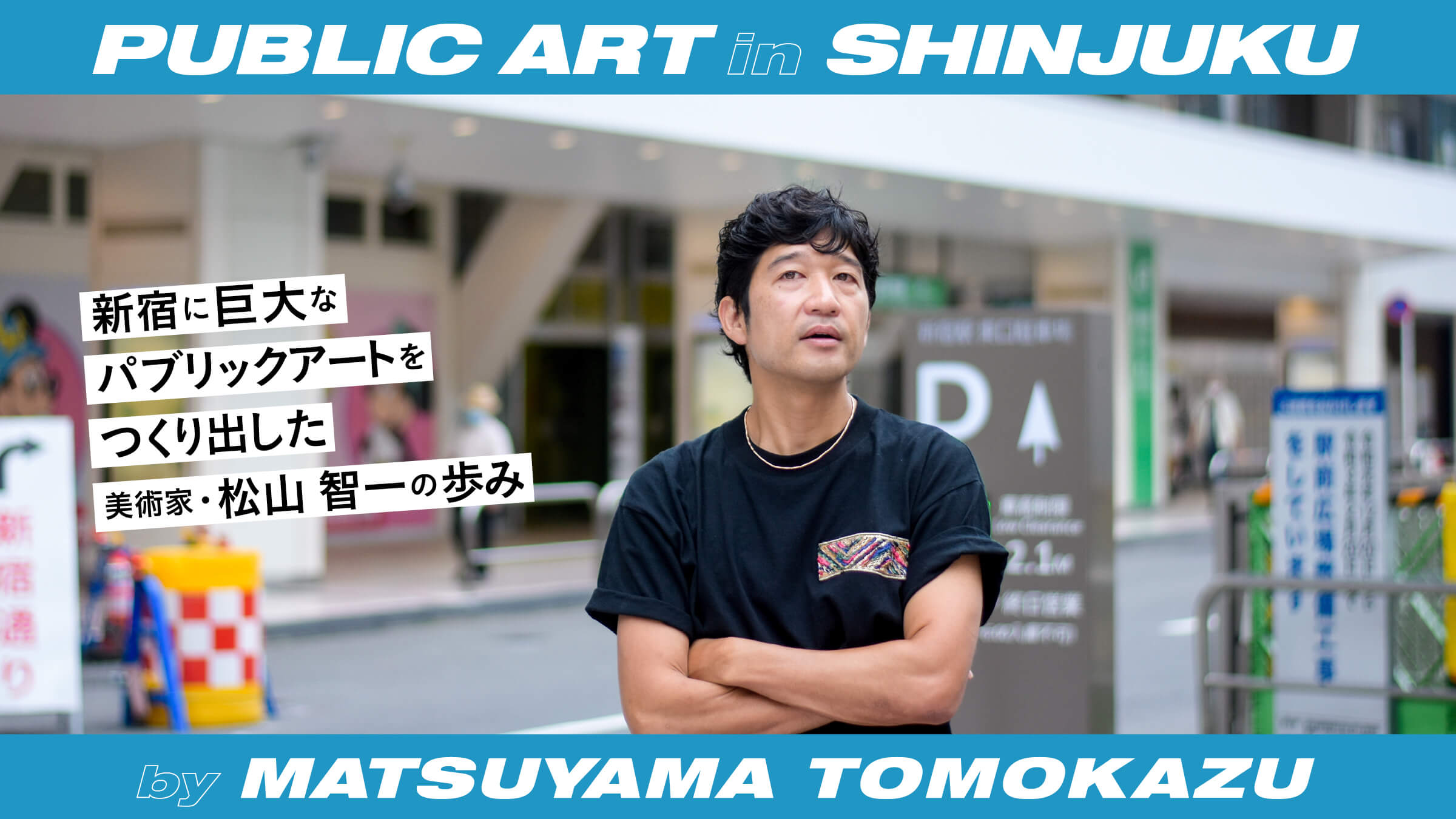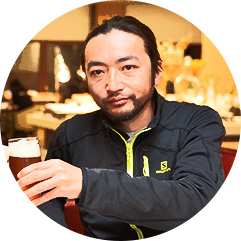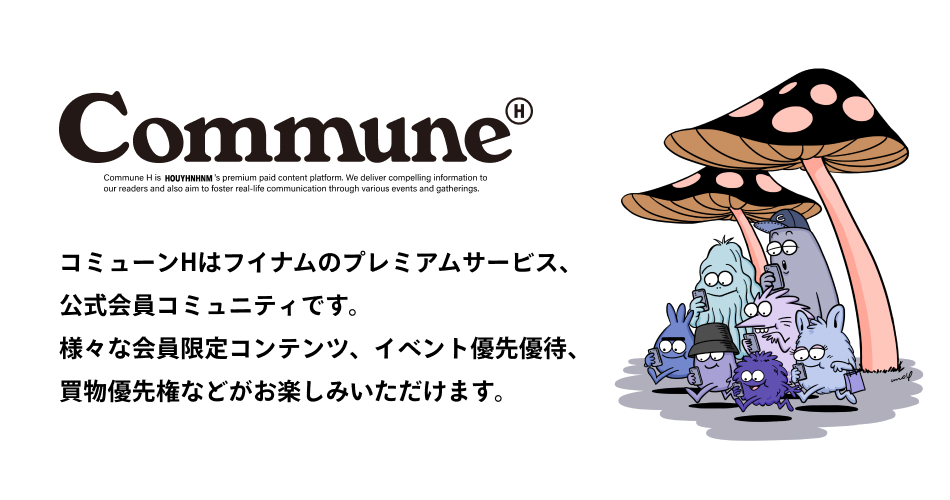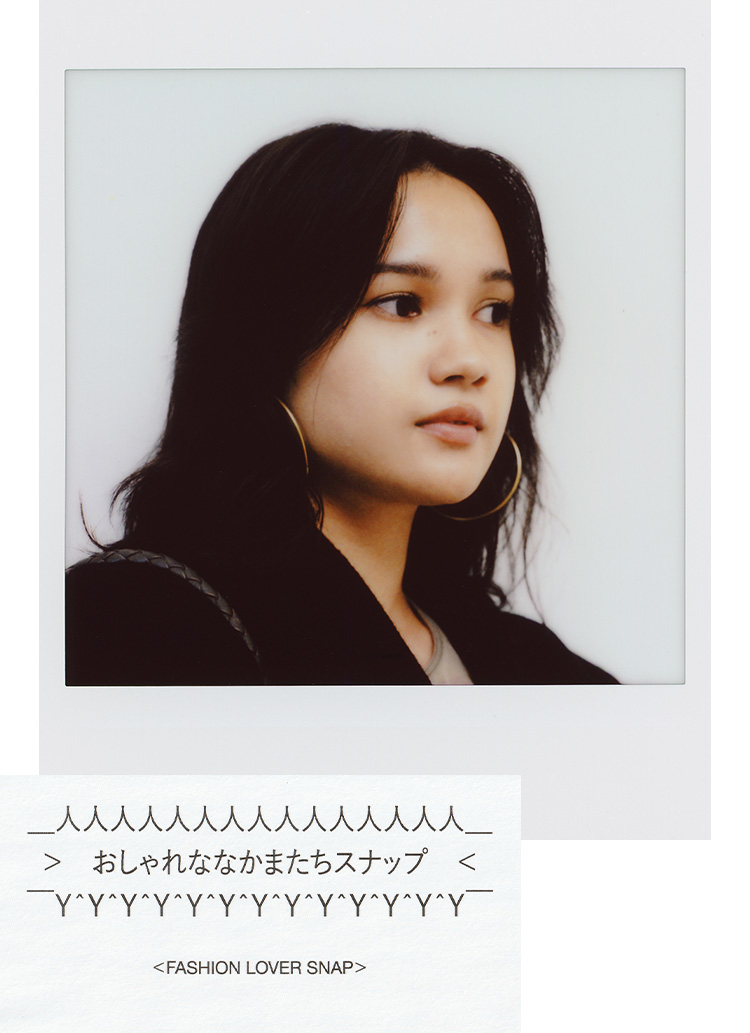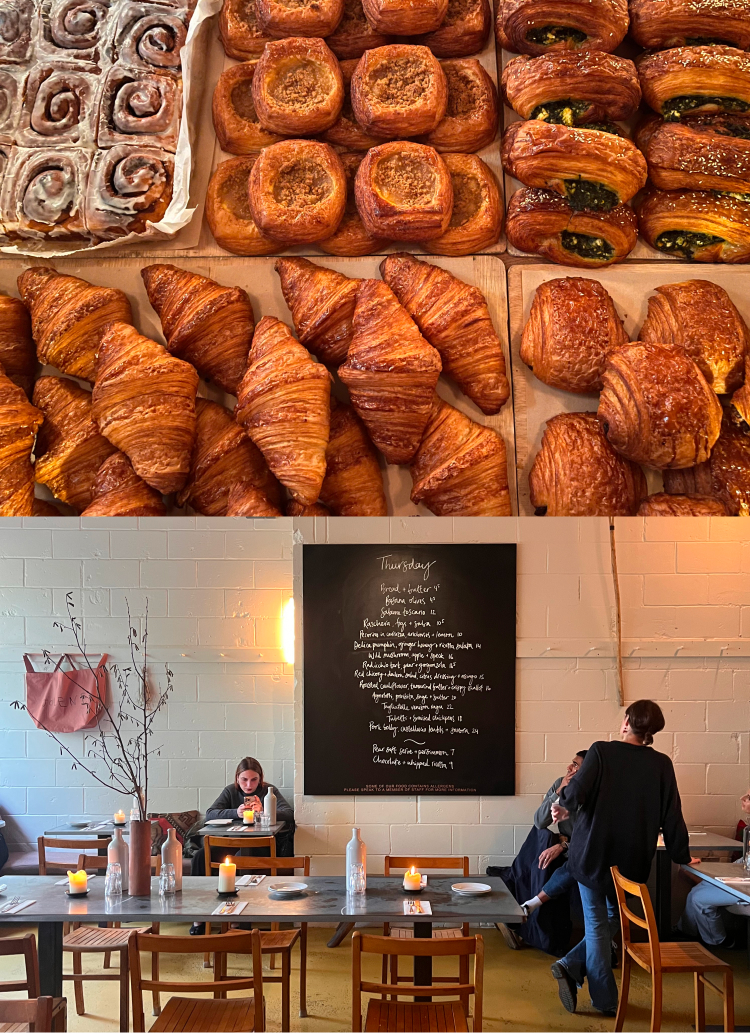One day I realized that I was not in the art world, but in the culture world.
It's hard to notice when you live in Tokyo, but it's a very interesting point of view.
Matsuyama:I believe that these major trends have contributed to Tokyo's recent momentum. While the rest of the world is flowing in the same direction and not feeling much individuality, Tokyo's individuality is shining brightly in the eyes of the rest of the world. I felt it was very interesting to see how Tokyo's culture was attracting the world's attention and being exported to the world automatically, without the people of Tokyo even intending to do so. That was one of the main reasons I wanted to come back to Tokyo again two years ago.
Do you think there will be more and more interesting things happening in Tokyo in the future?
Matsuyama:I have a feeling that this trend will gain even more momentum in the future, and that Tokyo itself will enter the next phase of its development. I think that a new standard for Tokyo will finally be born. I also felt that Tokyo had already peaked out before the Corona disaster, which is why I can't help but look forward to what is to come. I think that the Corona disaster has created the soil for a new sense of values to emerge, which is exactly what is happening now, as the city is halfway forcibly flattened.
I don't think there is much known about the time you spent in Tokyo before coming to the U.S. May I ask you about it again? For example, when you were working as a graphic designer for a domestic brand.
Matsuyama:It is true that we have not really talked much about it (laughs). (Laughs.) Sometimes people I meet recently are surprised, but before I came to the U.S., I was rather immersed in Harajuku culture, both physically and emotionally. If I go back quite far, to ......, there used to be a store called "still sequence" in Harajuku. At that time, it was the first place to incorporate sports elements such as soccer and to propose new arrangements of everyday items such as furniture, which is commonplace today. It was also one of the first to introduce high-tech sneakers and other items. It was the kind of cutting-edge store that Cowes and Futura would drop by for fun when they came to Japan. We were all pretty sophisticated boys at the time, with our obsession with skateboarding and wearing "Good Enough" by the time we were in the eighth grade. Our school was in the countryside of Chiba (laughs).
I'm sure that's quite a feat for an eighth grader. ......
Matsuyama:Right? (Laughs.) Because of this connection, Yohei became involved in Harajuku culture when he was around 20 years old, and I naturally became involved as well. Specifically, I helped Yohei with graphic design for the brand "Transport," which he was working on, and his Harajuku connections were expanding rapidly. On a different note, I am originally from Hida Takayama in Gifu Prefecture, which is one of the snowiest areas in Japan, and I was also into snowboarding culture. I was sponsored by a manufacturer to go overseas for filming, and I also wrote a music column for "TRANSWORLD SNOWBORDING JAPAN" (*2) and other magazines at the time. At that time, the distance between the side-noryori scene and the music scene was very close, and I was surrounded by many musicians who were good friends of mine. I was playing from a slightly different position, being part of the Harajuku culture on the one hand, while doing such things on the other.
2 Snowboarding magazine published by TRANSWORLD JAPAN INC. at the time, now discontinued.

I didn't know that until today. So it is because of this past that you have such a broad network of contacts across different scenes.
Matsuyama:That's right. Then one day I suffered a serious snowboarding injury, and it became difficult for me to continue to snowboard professionally. I had to face myself again, and it was a time when people who had grown up in a genuine board culture were starting to talk about expressing themselves in new and different ways. For example, the artistic creations of Mark Gonzalez and Mike Mills, and the music of Tommy Guerrero and Ray Barbee. I had always loved art, and I had also dabbled in graphic design, so I decided to try my hand at it in earnest, thinking that this would be something I could do for the rest of my life. That was the main reason I came to New York on my own.
So you finally jumped into the New York art scene, and that's how you ended up where you are today.
Matsuyama:Yes, I did. But even so, right after I came to the U.S., I continued to do graphic design for various brands through the connections I made in Harajuku. I was also friends with Okazawa-kun, who I am still friends with today, and many other people of the same generation in Harajuku. Gradually, my name became known in other scenes as well, and I began to receive requests for collaboration from big companies such as Nike. ...... But at some point, I felt like I couldn't go on like this. I hit a big wall in my mind.
It seems like smooth sailing.
Matsuyama:This is very difficult to express, but in short, I was made acutely aware at one point that "I am now in the culture world, not the art world. Of course, I was raised in the art world, and I still had affection for that scene, but there were more and more moments when I felt as if the pure art world was looking down on my position at that time. I realized that I couldn't go on like this, and at some point, I decided to leave it all behind. I lost all connection with Tokyo and Harajuku culture, which I had been so deeply involved with. I felt that I had to push myself that hard to reach a higher level. Specifically, it was around 2008 to 2009. I decided to stop designing T-shirts, which I had been doing until then, and to focus solely on being an artist.
I can understand it in my head, but it is difficult to put it into action, isn't it?
Matsuyama:When I look at young people today, I strongly feel that they have not yet escaped from the culture. They may be thinking that if they continue like this, one day they will become like Banksy, Cowes, or Jose Parra, and that may be their goal, but in fact, they too have been competing from that perspective since a certain point in time, and have finally arrived at the present time. In the case of the art world, you can't break through unless you draw a line in the sand somewhere, and sooner or later, that wall is bound to come up. But whether or not you go over that wall is not something that anyone can force you to do, and in essence, it is a matter of your own determination and choice. However, I want the younger generation of artists who love street culture to know that such barriers exist. That is why I myself left Tokyo completely, exhibited in Hong Kong on a dare even in Asia, and did not make Japan the only place for my activities for a while. The result of these 10 years of struggling in my own way has led me to where I am today, which finally leads me to the earlier discussion about Tokyo.



